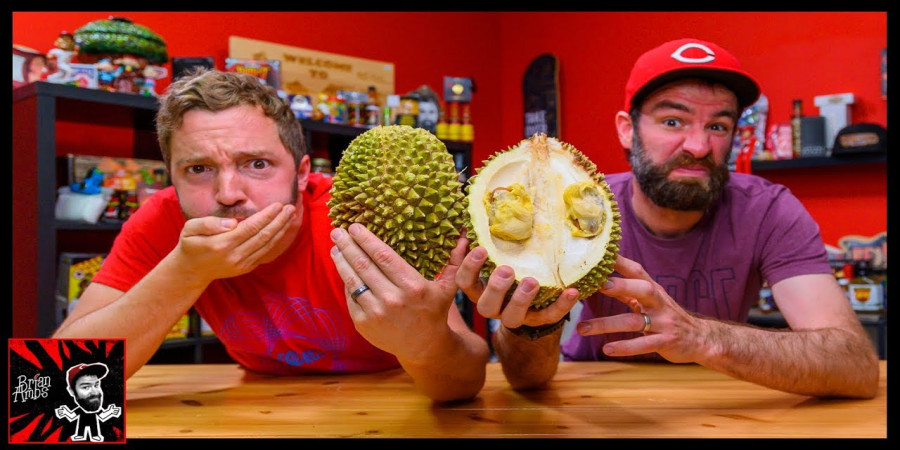

What is the Worst Fruit? Debunking Myths and Discovering the Truth
The world of fruits is a treasure trove of flavors and textures. Sweet, tart, juicy, and crunchy – there's a fruit out there to suit every palate. However, amidst this delicious bounty, some fruits seem to inspire a particular level of dislike and earn the dubious title of "the worst." But is there truly a fruit deserving of such scorn? This article dives into the controversial realm of fruit preferences, separates fact from fiction, and explores what might make a fruit a contender for the title of "the worst."
The Usual Suspects
Certain fruits frequently appear at the top of "worst fruit" lists. Here are some of the most common offenders and the reasons why they might spark negative reactions:
- Durian: The notorious "king of fruits" from Southeast Asia. Durian's pungent odor, often likened to rotting onions or gym socks, is its most polarizing characteristic. While its creamy, custard-like flesh has devoted fans, the smell alone is enough to deter many.
- Papaya: With a slightly bland flavor and mushy texture, papayas can be underwhelming for some. Their mildness might make them more forgettable than outright disliked.
- Figs: Though often enjoyed dried, fresh figs have a unique seedy texture that can be unpleasant for some. Their association with wasps (a species of fig wasps play a role in their pollination) also contributes to the negative image.
- Grapefruit: The characteristic bitterness of grapefruit can be a turn-off, particularly for those sensitive to sour and bitter flavors.
Beyond Taste: Factors Influencing Perception
It's crucial to remember that our dislike for certain fruits can be influenced by several factors beyond simple taste:
- Texture: Mouthfeel plays a significant role in our enjoyment of food. A fruit's texture might be overly mushy, slimy, or seedy, triggering an aversion even if the flavor is inoffensive.
- Smell: Our olfactory senses are closely linked to taste perception. Unpleasant or unfamiliar smells can create a negative association with the food, even before tasting it.
- Cultural Context: Familiarity and culinary traditions shape our expectations for fruits. A fruit common in one culture might be exotic and unappealing to someone from a different background.
- Personal Experiences: A negative experience, such as eating an overripe or underripe fruit, can color our perception of that fruit for a long time.
Subjectivity Rules
Ultimately, declaring a single fruit "the worst" is highly subjective. One person's "worst" can be another person's favorite. The fruits mentioned here may have their detractors, but they also have dedicated fans who appreciate their unique textures and flavors.
Embracing Diversity
Instead of focusing on the "worst," perhaps it's more fruitful (pun intended!) to embrace the incredible diversity within the fruit kingdom. It encourages exploration and the discovery of hidden gems. If you find yourself disliking a particular fruit, don't let that deter you from trying new ones. There might be a surprise waiting to become your new favorite.
References
- Most Hated Fruits
- The World's Smelliest (But Most Delicious) Fruits
- Why Some People Hate Grapefruit
Let me know if there's a particular fruit you'd like to explore further!
Popular articles

Apr 11, 2024 07:40 PM

May 25, 2024 08:09 PM

Apr 11, 2024 07:22 PM

Apr 10, 2024 07:59 PM

Mar 14, 2024 07:53 PM
Comments (0)